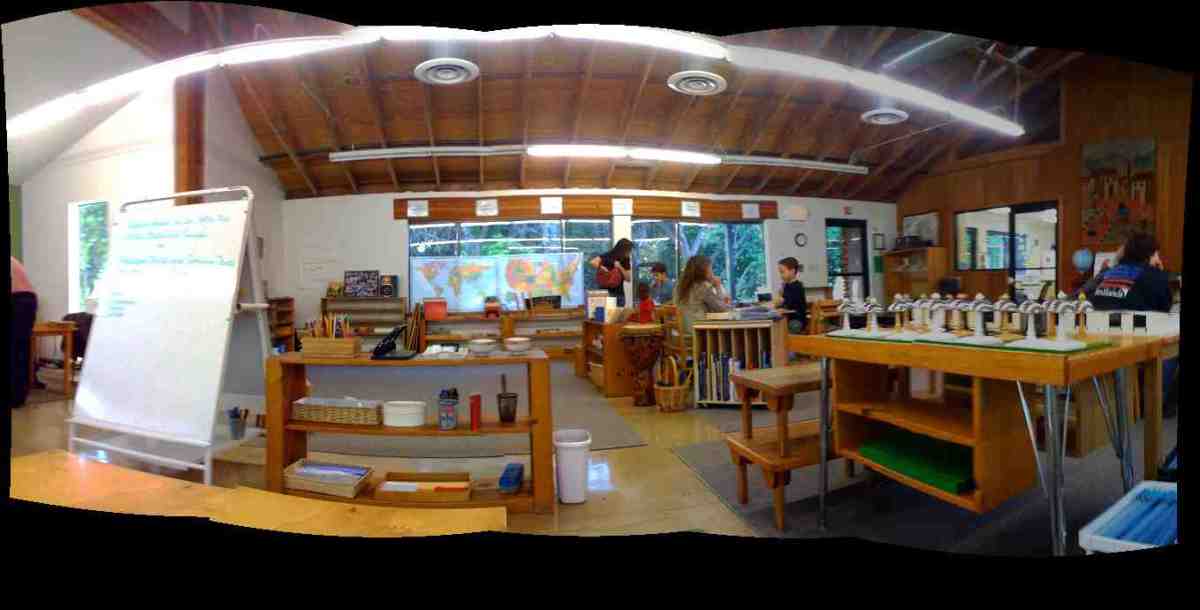What is 'Responsibility Teaching'?

In the book “Stepping Stones to Curriculum,” VanBrummelen (2002) describes four main curriculum orientations: traditionalism, process/mastery, experimentalists and Christian.
Although the orientations offer different viewpoints on education, there are some similarities. One similarity between the orientations is that all the orientations have an educational goal regardless of how the teacher plans to reach the goal. For example, the traditional, Christian and process/mastery orientation both want to “control the curriculum” (VanBrummelen, 2002, p. 28). Another similarity between the orientations is that the constructivist vein of the experimentalists build upon previous knowledge and link the known to the un-known. Seemingly, even the teacher with the poorest theory of how to teach students still wants his student to know more at the end of the day than what he knew at the beginning of the day.
Despite the similarities between the viewpoints, the experimentalist orientation has very little in common with the other three modes, because it proposes that children are innately good, and that students can only truly learn that which they experience for themselves. This philosophy goes against the Christian viewpoint that there is “none righteous, no, not one” (Romans 3:10). While I agree that some learning personality types comprehend information better when they participate in the learning process, I also recognize that teachers integrate aspects of different learning techniques into the normal curriculum, while keeping focus on the Christian orientation as VanBrummelen suggests (VanBrummelen p. 35-36).
VanBrummelen's Book
As described by VanBrummelen, the term “responsible teaching” refers to a type of curriculum that recognizes the nature of the student and considers it when planning the everyday activities of the curriculum (VanBrummelen, p. 38). It recognizes that not all students learn the same way, and works to utilize methods that will reach the students best. Responsible teaching involves sparking interest in students by relating what students already know about a subject, and introduces new material in an exciting way. Unlike the constructivism vein of the experimentalists, the responsible teacher holds his students accountable for coursework, comprehension and maximizes the learning opportunities. Suleiman (1998) summed up “responsible teaching” as being empowering students to learn for themselves and likened it to the classic Greek educational philosophy. The Greeks stressed three elements of responsible teaching: the logos of teaching- teachers had to know about what they teach, the pathos of teaching- teachers had to create an emotional tie to the subject matter to put it into context, and the ethos of teaching- the ability to entice students to learn (Suleiman, 1998, p. 6).
Both public and Christian teachers can implement the responsibility teaching approach by teaching concrete principles and encouraging students to think critically based on the facts. Setting high academic standards also falls in-line with the philosophy of responsible teaching, since as Suleiman noted “quality in teaching breeds quality in learning” (Suleiman, p. 9). Responsible teaching isn’t necessarily Christian or secular in philosophy, its just good teaching.
References
Suleiman, M. F. (1998). The virtues of responsible teaching: implications for empowerment . Retrieved from EBSCOhost .
Van Brummelen, H. (2002). Steppingstones to curriculum. Colorado Springs, CO: Purposeful Design Publications.







